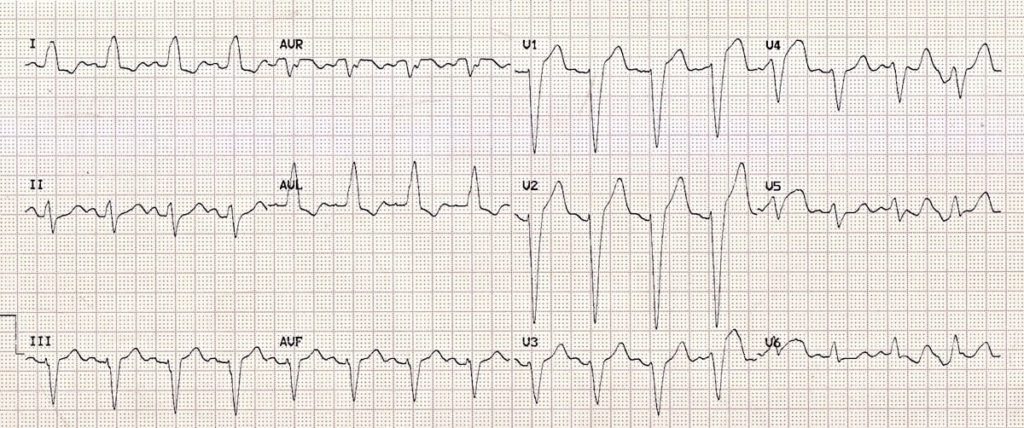
The standard indications for CRT include patients with advanced heart failure and evidence of systolic dysfunction (ejection fraction ≤35%), conduction tissue disease (QRS duration ≥120ms) and marked cardiac symptoms (New York Heart Association class III and IV), despite optimal medical therapy. This article highlights the importance of collectively working on all of these aspects of CRT to enhance and maximise response.Ĭardiac resynchronisation therapy (CRT) has achieved widespread approval as a safe and efficient therapeutic strategy for medically refractory congestive heart failure (CHF). There are several determinants of successful delivery and response to CRT, including selecting the appropriate patient, patient-specific optimal LV pacing lead placement and appropriate post-implant device care and follow-up. Despite these obvious benefits, there remain more than a few unresolved concerns, the most important being that up to one-third of patients treated with CRT do not derive any detectable benefit. Several prospective randomised studies have shown that this in turn translates into long-term clinical benefits such as improved quality of life, increased functional capacity and reduction in hospitalisation for heart failure and overall mortality. These devices exert their physiological impact through ventricular remodelling, associated with a reduction in left ventricular (LV) volumes and an improvement in ejection fraction (EF).


The use of implantable devices has substantially altered the natural history of systolic heart failure. Cardiac resynchronisation therapy (CRT) has gained widespread acceptance as a safe and effective therapeutic strategy for congestive heart failure (CHF) refractory to optimal medical therapy.


 0 kommentar(er)
0 kommentar(er)
